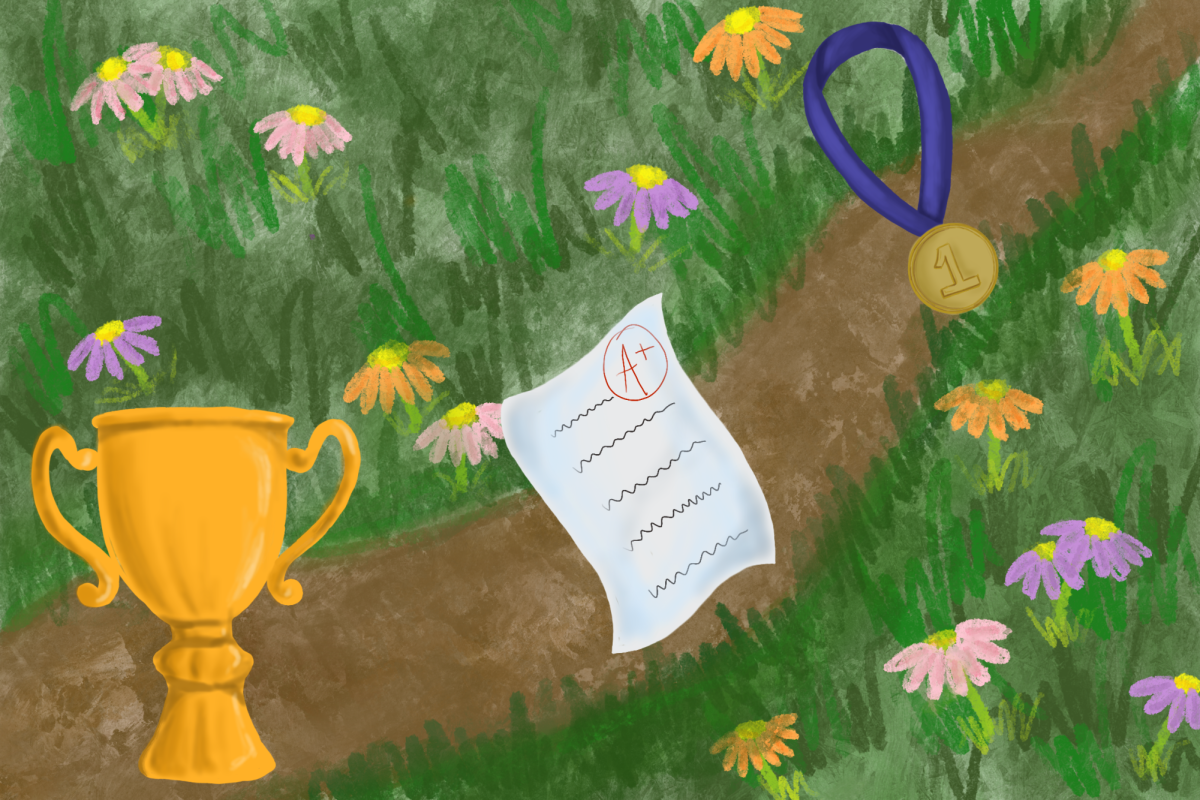This past week has been a wake-up call relative to water use. While we all know we should conserve water, few of us act on this imperative in our normal, everyday lives. For most of us, this week has been the first time that we have had to put a great deal of thought into where we will get our water. In many corners of the world, the search for and acquisition of clean drinking water is a critical part of day-to-day life. The capacity to access and purify water is a key determinant of a community’s wellbeing.
Over central Texas, we have faced both floods and droughts over the past five years. We should never become complacent or presumptuous about the access to potable water. However, we may not always be as lucky as we are now. The combination of a rapidly increasing population, water overuse, and recent droughts have created a situation that is ripe for critical water scarcity across Texas in the near future. A report released by the Texas Water Development Board in 2017 stated that Texas could face a potential water shortage of 4.8 million acre-feet in 2020, which could grow to 8.9 million acre-feet in 2070 if the population continues to grow at current rates. The same report suggests that under ‘projected water availability and population growth,’ in 2070 approximately, 34% of all people in Texas would have access to fewer than half of the municipal water resources they require (based on historical consumption levels).
In many respects, this is a generational challenge. What should be done to lessen or prevent water shortages in the future? Our first act is individual and personal — we should all do our best to conserve water in our daily lives. This might involve making small changes — doing fewer loads of laundry, taking shorter showers, shutting off the water while you brush your teeth, and not running your dishwasher until it is full. The ability to address this crisis requires us to act both individually and collectively.
Even if the government limited excessive use of water by agriculture, businesses, and private individuals, the amount of available water would still be decreasing due to climate change and increased water needs. It is critical to innovate in order to meet the future water needs of Texas in a sustainable manner. Examples of such innovation include the desalination of currently undrinkable aquifer water and the treatment of sewage water until it is safe to drink. As gross as that sounds, current treatment technologies make this a perfectly safe practice. These acts can be combined with more aggressive conservation tactics at all levels of government.
Ensuring an appropriately hydrated future will require lobbying local and state level authorities to implement better water management plans and water conservation education programs, as well as working to elect representatives who have ideas on how to solve this problem.
As students, many of us have probably not spent significant time thinking about water conservation. This past week’s boiling crisis should be viewed as an awakening — a catalyst for change. While this recent water crisis had little to do with a water shortage, it is a glimpse of things to come if we don’t begin to address the shortage that threatens us in the near future. In these times of great division in our society, a crisis such as this can be unifying. After all, we all need water! Rallying together to find sustainable solutions is so important. Individuals need to come together and work with our government to conserve water to the best of our ability so that we will not end up in a future where we will not even be able to boil our water, as we might not have any to boil.
Cox is an Environmental Science junior.













